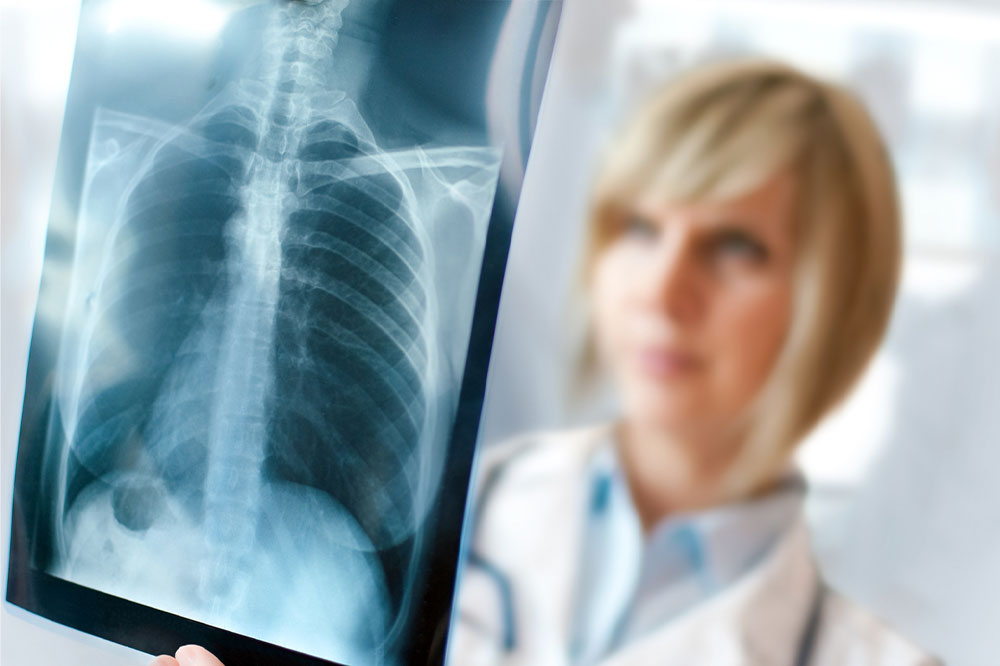Understanding Lung Nodules: Causes and Treatment Strategies
Discover the causes of lung nodules and explore effective management strategies. This comprehensive guide covers infection, inflammation, benign tumors, and lung cancer, alongside diagnostic and treatment options such as observation, biopsy, minimally invasive procedures, and surgery. Learn how early detection and personalized treatment plans improve patient outcomes in lung health.

Understanding Lung Nodules: Causes and Treatment Strategies
Lung nodules, also called pulmonary nodules, are small, rounded or oval-shaped growths that appear on lung tissue. Frequently found accidentally during routine chest scans or X-rays, these nodules can cause concern. However, recent medical advancements have improved diagnosis and treatment options, leading to better patient outcomes. From advanced diagnostic tools to innovative therapies, managing lung nodules has become more effective than ever.
Causes of Lung Nodules
Most lung nodules are benign and need careful monitoring rather than immediate treatment. It is essential to determine the underlying cause of each nodule.
Infections - Lung infections such as tuberculosis, fungal, or bacterial pneumonia can lead to nodule formation. These cause inflammation, prompting the body's immune response. Treating the infection with antibiotics, antifungals, or specific therapies like tuberculosis medication is crucial for resolving these nodules.
Inflammatory Diseases - Conditions like sarcoidosis and rheumatoid arthritis may trigger lung nodule development. Sarcoidosis involves immune system granulomas which can disappear spontaneously or with anti-inflammatory treatments. Rheumatoid arthritis also causes nodules due to lung inflammation.
Benign Tumors - Noncancerous growths like hamartomas or pulmonary fibromas can appear as lung nodules. Hamartomas contain normal lung tissue and often require removal if they cause symptoms or grow larger. Pulmonary fibromas, originating from connective tissue, are typically surgically excised.
Lung Cancer - Nodules can also result from primary lung cancers or metastases. Early diagnosis and prompt treatment are key. Treatment options include surgery, radiotherapy, chemotherapy, targeted treatments, or immunotherapies, depending on the cancer stage.
Management Approaches for Lung Nodules
The treatment plan depends on the nodule's size, appearance, and malignancy risk. Options include:
Observation - Small, stable, low-risk nodules can be monitored with periodic imaging, like CT scans, to check for changes over time. This conservative approach is common for benign or low-risk nodules.
Biopsy - If a nodule enlarges or appears suspicious, a biopsy may be performed. A small tissue sample is collected via bronchoscopy, needle aspiration, or surgical methods to analyze the cells and determine if benign or malignant.
Minimally Invasive Therapies - Procedures like radiofrequency ablation use heat to destroy small, localized nodules without surgery. SBRT (stereotactic body radiation therapy) delivers targeted radiation over multiple sessions, suitable when surgery isn't feasible.
Cancer Treatments - Chemotherapy, targeted therapy, and immunotherapy are options for malignant nodules, especially in advanced cases. These treatments aim to halt or kill cancer cells, often combined for better outcomes.
Surgical Removal - In cases of cancer or complications, removing the nodule surgically (lung resection) might be necessary. The procedure involves excising the nodule along with some healthy tissue, tailored to the nodule's size and location.










